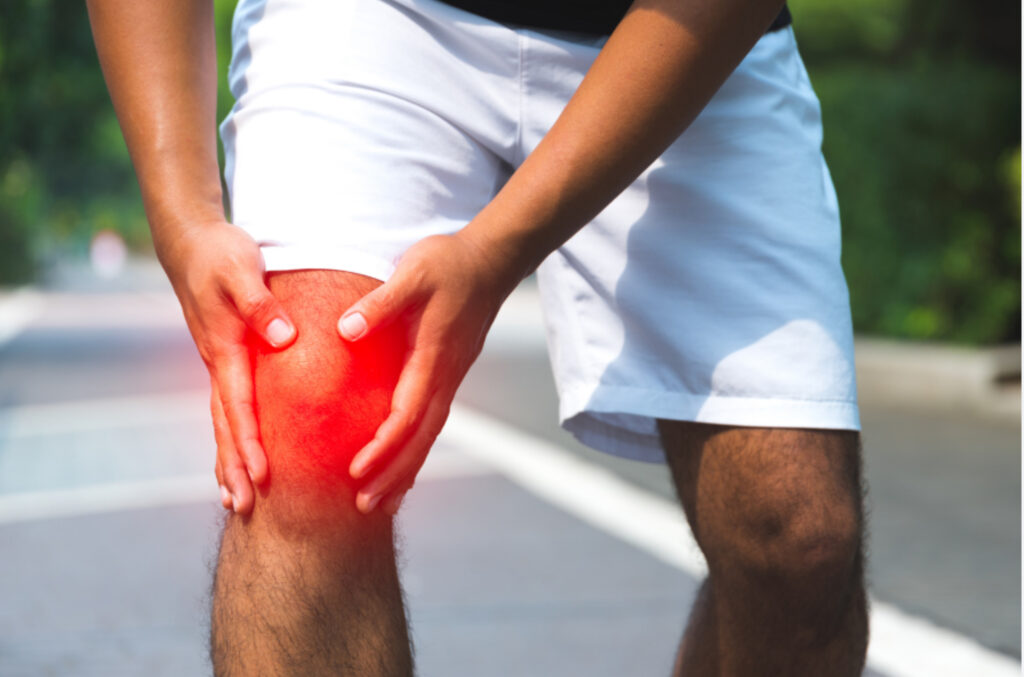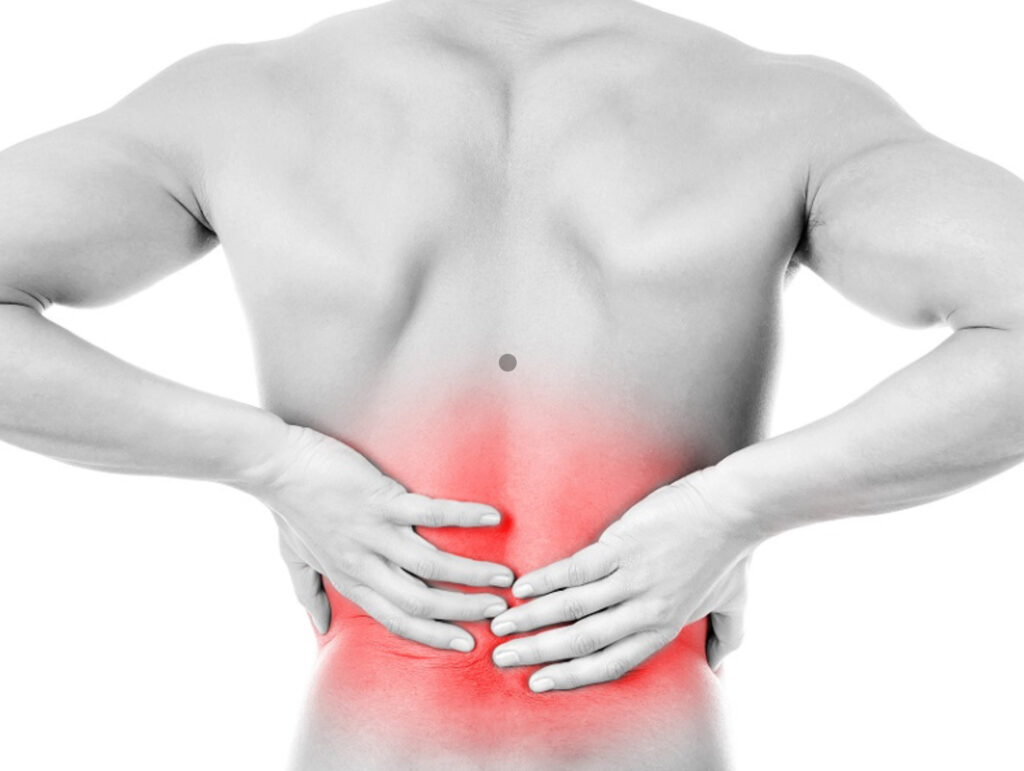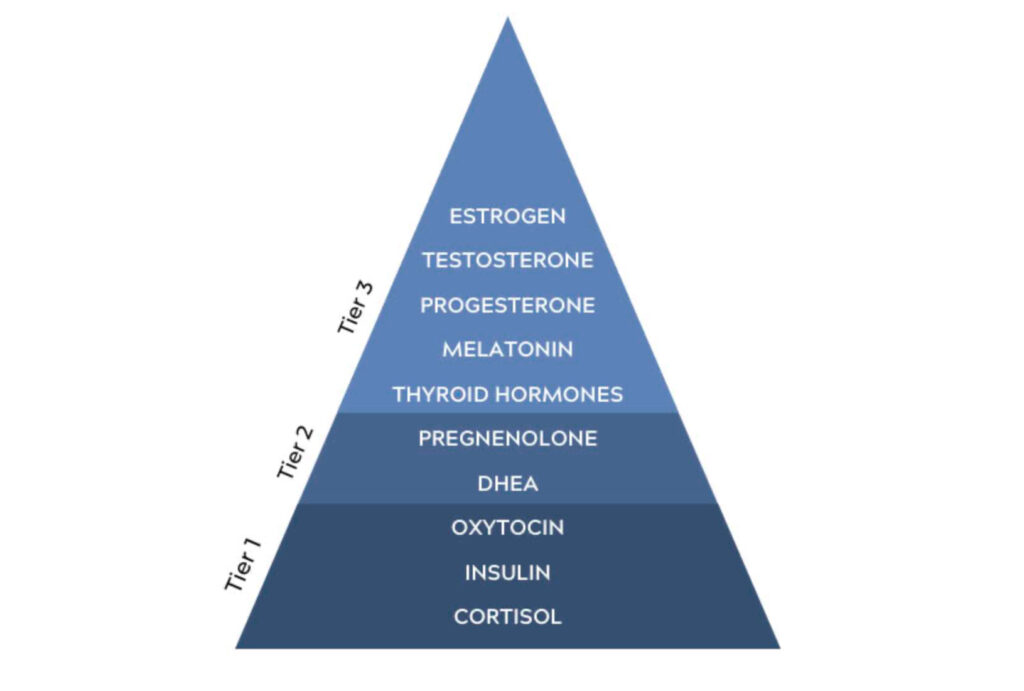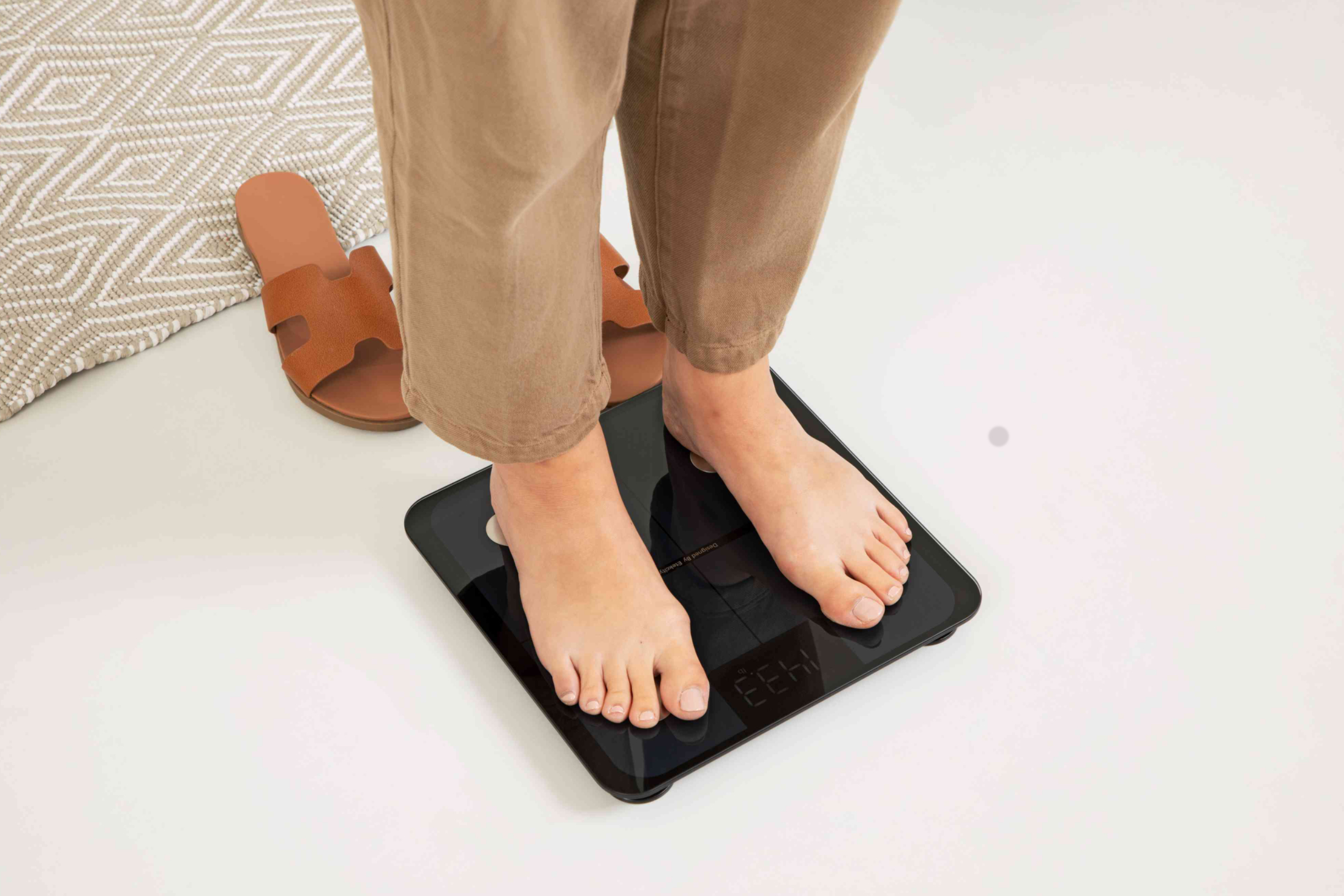Have you ever felt overwhelmed, only to realize it’s not one big issue, but a series of little things piling up? Each on its own might be manageable, but together, they leave you wanting to pull your hair out. Chronic pain in your joints can feel the same way. Without a major injury to blame, it’s hard to pinpoint the exact cause, and stretches or exercises may only bring temporary relief. One often-overlooked factor could be your weight. Carrying extra pounds not only influences how your body feels but can also exacerbate pain through mechanisms like increased inflammation, mechanical strain, and hormonal imbalances.
Chronic pain doesn’t just impact your day-to-day—it affects your overall quality of life. In this post, we’ll explore how weight and pain are interconnected by looking at three critical factors: increased inflammation, mechanical stress on joints, and disrupted hormonal balance. By recognizing how each of these contributes to pain, you’ll not only gain a better understanding of your body but also discover actionable strategies to address these issues for long-term relief. Let’s dive in!
Chronic Pain Caused by Weight: Increased Inflammation

Some of your chronic pain could stem from the inflammation in your joints which is being exacerbated by those few extra pounds. That excess fat tissue releases pro-inflammatory cytokines (tiny proteins that help cells communicate with each other, especially when your body needs to fight off an infection, heal an injury, or respond to stress), which can increase systemic inflammation and pain sensitivity.
That prolonged inflammation can aggravate conditions like fibromyalgia and arthritis, stacking on another layer of more pain. On top of that, a diet high in processed foods and sugars often accompanies weight gain, adding fuel to the inflammatory fire. The longer the inflammation persists, the harder it becomes for your body to heal, leaving you stuck in a cycle of discomfort.
Chronic Pain Caused by Weight: Mechanical Stress on Joints

Your joints bear the weight of your body, and carrying extra pounds significantly increases this burden. Over time, this additional load can accelerate cartilage breakdown, particularly in the knees, hips, and lower back, leading to chronic pain. We are all meant to move in certain patterns, but with extra weight, those patterns get altered and we end up causing some imbalances which again, can lead to joint pain. A sprinkle of hope in this section is that even a 5-10% weight reduction can help to relieve some joint pain!
Chronic Pain Caused by Weight: Disrupted Hormonal Balance

Excess weight can throw key hormones out of balance, triggering a chain reaction that impacts multiple systems in your body. For example, fat tissue produces excess estrogen in both men and women, which can lead to inflammation and pain. Obesity is also often linked to insulin resistance, disrupting blood sugar regulation and contributing to systemic inflammation. Add stress-induced elevated cortisol levels into the mix, and you’ve got a recipe for impaired healing and heightened pain perception (read HERE for another blog on stress and cortisol).
Don’t Stop Reading- Here’s the Good Part
The connection between weight and pain may feel discouraging at first, but it also means there’s something you can do to address it. The best part? You don’t need drastic changes to see improvement—small, consistent actions can make a big difference. Here are three simple tips you can start today and from home to help manage pain and improve your health:
3 Tips for Helping with Chronic Pain from Excess Weight
1. Incorporate an anti-inflammatory diet
In the same way that processed foods can add to our inflammation, anti-inflammatory foods can work against inflammation in our body. Here is a list of some foods that have excellent anti-inflammatory benefits:
Fruits
1. Blueberries
2. Strawberries
3. Oranges
4. Pineapple
5. Cherries
Vegetables
6. Kale
7. Spinach
8. Broccoli
9. Brussels sprouts
10. Sweet potatoes
Healthy Fats
11. Avocados
12. Extra-virgin olive oil
13. Nuts (e.g., almonds, walnuts)
14. Seeds (e.g., flaxseeds, chia seeds)
15. Fatty fish (e.g., salmon, mackerel, sardines)
Whole Grains
16. Quinoa
17. Brown rice
18. Oats
Spices and Herbs
19. Turmeric (with black pepper for absorption)
20. Ginger
21. Garlic
22. Cinnamon
Legumes
23. Lentils
24. Chickpeas
25. Black beans
Beverages
26. Green tea
27. Matcha tea
28. Herbal teas (e.g., chamomile)
Other
29. Dark chocolate (70% cocoa or higher)
Incorporating these foods into your meals can help support your body’s natural anti-inflammatory processes. And to make it even easier, here are a couple recipes that are packed full of anti-inflammatory foods!
Turmeric-Spiced Salmon with Roasted Vegetables
Ingredients:
– 2 wild-caught salmon fillets
– 1 tbsp olive oil
– 1 tsp turmeric powder
– 1 tsp garlic powder
– 1/2 tsp black pepper (enhances turmeric absorption)
– 2 cups broccoli florets
– 1 cup diced sweet potato
– 1/2 red onion, sliced
Instructions:
1. Preheat oven to 400°F (200°C).
2. Toss broccoli, sweet potatoes, and onion with olive oil, turmeric, garlic powder, and black pepper. Spread on a baking sheet.
3. Place salmon fillets on the same baking sheet, drizzle with olive oil, and season with the same spice mix.
4. Roast for 20–25 minutes, or until the salmon flakes easily with a fork and the veggies are tender.
Benefits: Turmeric and omega-3s in salmon are powerful anti-inflammatories, while the veggies provide fiber and antioxidants.
Blueberry-Chia Pudding
Ingredients:
– 1/4 cup chia seeds
– 1 cup unsweetened almond milk
– 1/2 tsp vanilla extract
– 1/2 cup fresh or frozen blueberries
– 1 tbsp honey or maple syrup (optional)
– 1 tbsp chopped walnuts
Instructions:
1. In a jar or bowl, mix chia seeds, almond milk, and vanilla extract. Let sit for 10 minutes, then stir to prevent clumps. Refrigerate for 4 hours or overnight.
2. Top with blueberries, walnuts, and honey/maple syrup before serving.
Benefits: Chia seeds and walnuts are rich in omega-3s, while blueberries provide powerful antioxidants to combat inflammation.
These recipes are nutrient-dense, flavorful, and designed to support an anti-inflammatory lifestyle!
2. Low-impact movement
Exercising with joint pain can be frustrating, but low-impact activities can help you stay active without worsening discomfort. At home, try bodyweight exercises or resistance band workouts. If you’re venturing outside, swimming, biking, or rowing are excellent options to strengthen muscles, improve circulation, all while reducing joint strain. And if you have stairs, consider taking extra trips up and back down for extra benefit- beneficial movement doesn’t always have to look like conventional “exercise.”
3. Supporting gut health
We are still discovering so much about how our gut influences our entire body. Consider incorporating fermented foods like sauerkraut, coconut yogurt, or kombucha to nourish your microbiome. Don’t underestimate the power of good sleep, either—it’s essential for gut and overall health. Finally, aim for whole, unprocessed foods in a rainbow of colors to keep your gut happy and inflammation in check.
We Are Here to Support You!
We know that shedding those extra pounds can be harder than anticipated, especially with the busyness of life and the overwhelming amount of information bombarding you at every turn. We want to give you support and encouragement as you navigate how to best approach weight loss for your health and chronic pain relief! Please feel free to reach out and chat with us here at Mitchell Holistic Health. Also, if you like these recipes, join our VIP email list where we send recipes, product recommendations, swaps, and more— it’s FREE to join! Click HERE to join.
Check out these articles for more information:
https://pmc.ncbi.nlm.nih.gov/articles/PMC8232849
https://pmc.ncbi.nlm.nih.gov/articles/PMC4508090
https://pmc.ncbi.nlm.nih.gov/articles/PMC4332294
https://www.ifm.org/articles/pain-clinician-interview-working-chronic-pain-patients


